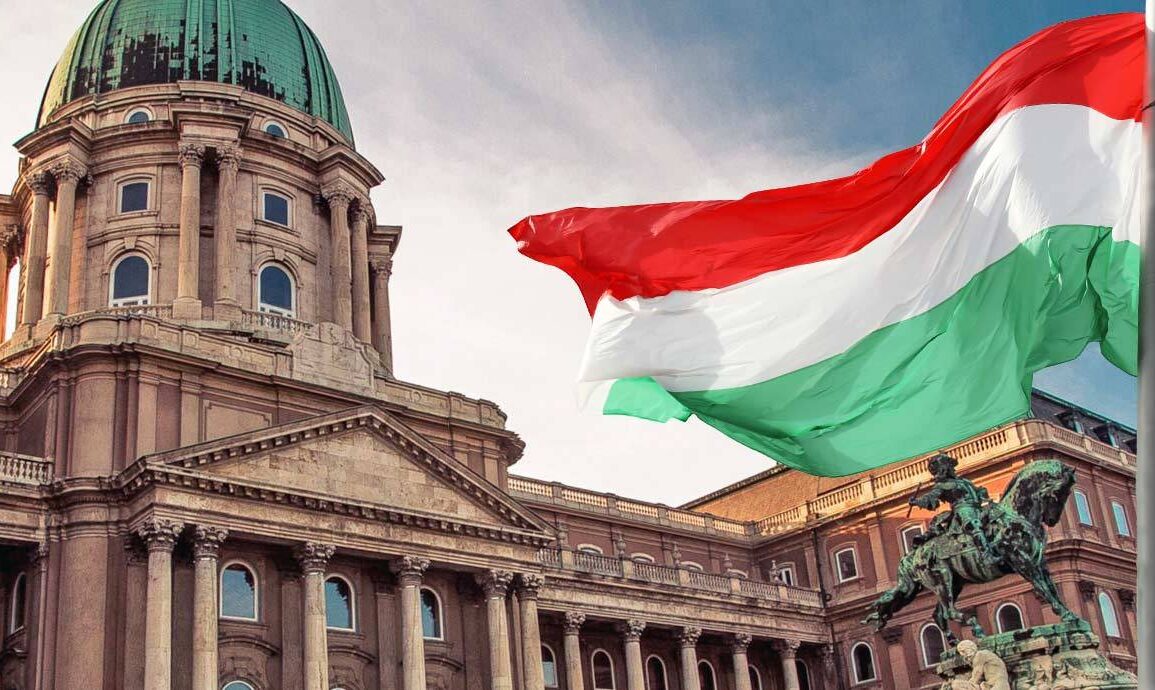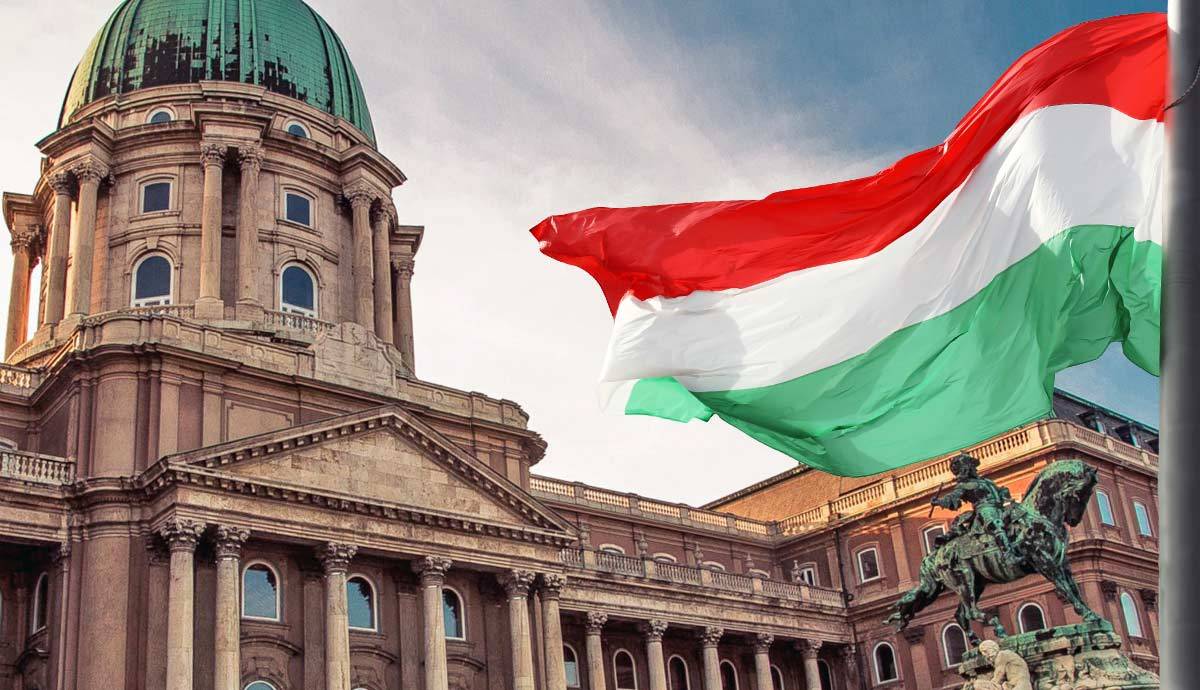
Budapest is a city of contrast where historical past and urban life come together. The city’s museums perfectly reflect that. That’s why in this list of top 10 must-see museums in Budapest, you’ll find a little bit of everything – from the history of Hungary to pinball machines.
House of Terror Museum
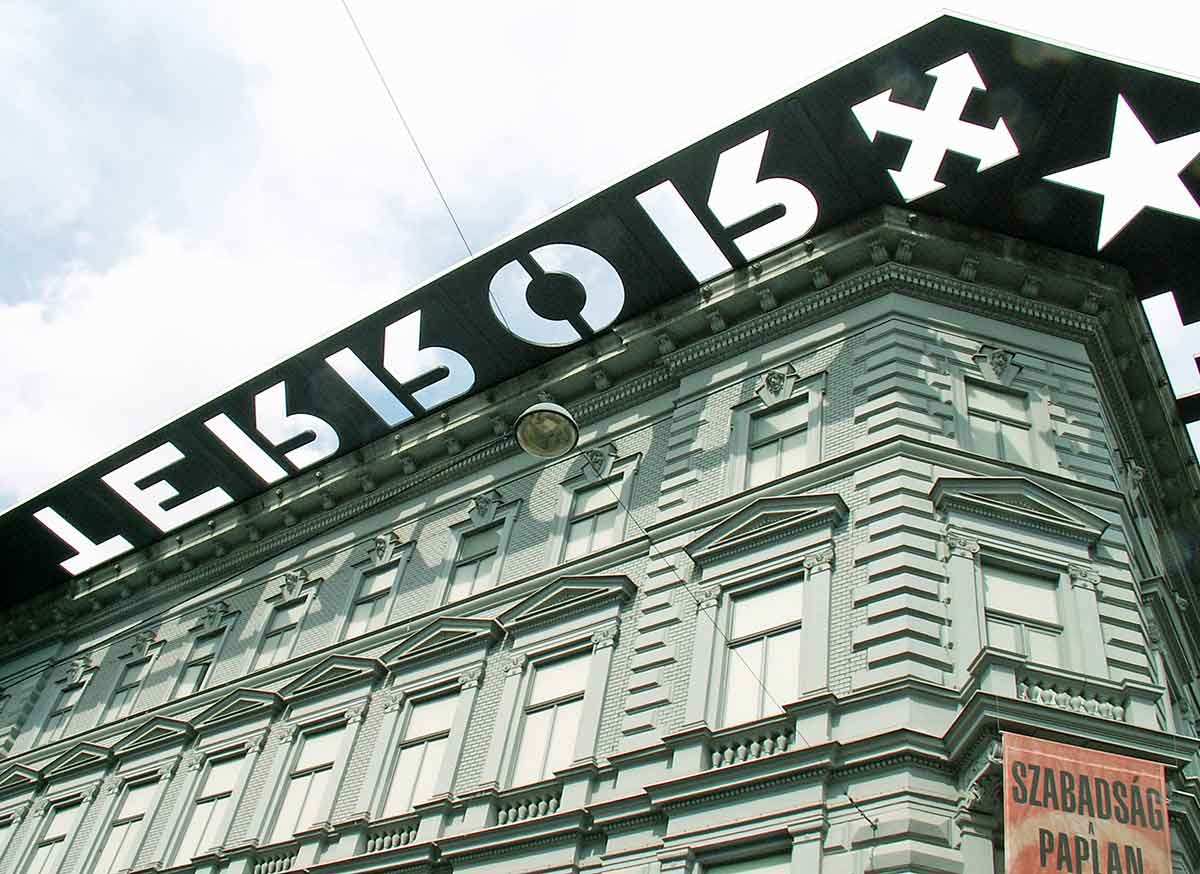
House of Terror is one of Budapest’s most popular yet controversial museums. Its exhibition focuses on communism and fascism and their role in Hungary. The collection’s primary focus is on communism, for which it has received a lot of criticism. The museum collection is quite graphic and not intended for sensitive visitors. Displayed items showcase the atrocities of the Nazi movement Arrow Cross and the communist AVH. Cells inside the museum make many visitors shiver as they tell the stories of those who died within the building.
Museum of Fine Arts

Visiting the Budapest Museum of Fine Arts is a surefire way to dive into the world of European art. The museum has several sections of great importance. Here you can find antiques from Egypt, Ancient Rome, and Greece. You will find few pieces of Hungarian origin, but over 3000 paintings from the 13th to 18th century from various European countries. Museum visitors can enjoy masterpieces by world-famous artists like Raphael, Velazquez, Rembrandt, Monet, Picasso, and many others. In addition, there are two other significant permanent exhibitions. The graphic art collection includes thousands of prints and drawings, while the 19th and 20th-century art collection is a rather young and exciting feature.
Hungarian National Museum
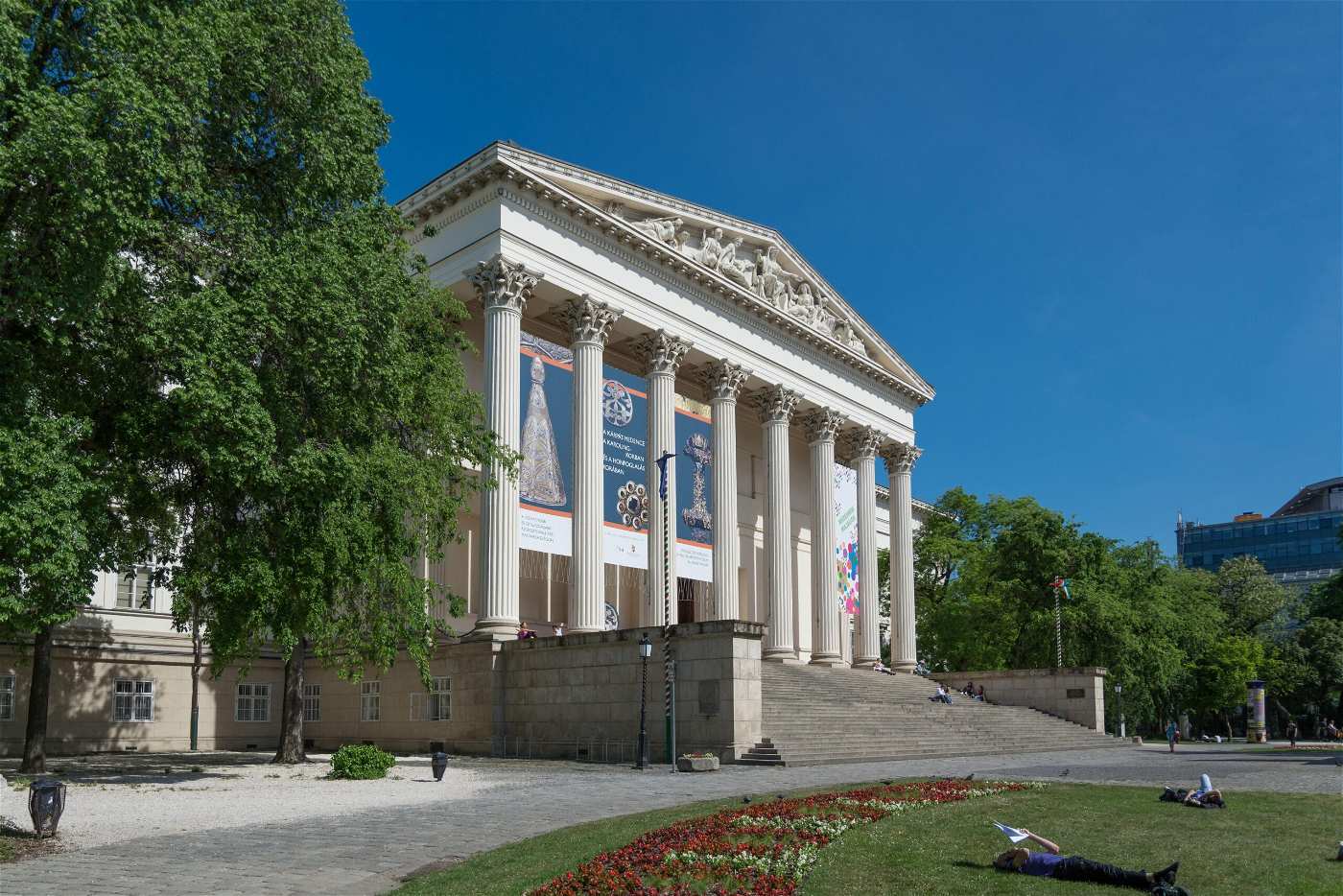
Get the latest articles delivered to your inbox
Sign up to our Free Weekly Newsletter
There is no better place to explore the history of Hungary than the Hungarian National Museum, founded in 1802 as a library. It is one of the most important museums in the country as it uncovers the identity of the Hungarian nation. The museum was essential during the Hungarian Revolution of 1848-1849, provoked by the National Song of Sandor Petofi sung on the museum’s steps. Exhibitions tell the history of Hungary over different periods. These include Transylvania, the Turkish occupation, the Rákóczi War of Independence, and other major events shaping Hungarian culture. On display are largely archaeological findings and historical relics.
Hungarian National Gallery
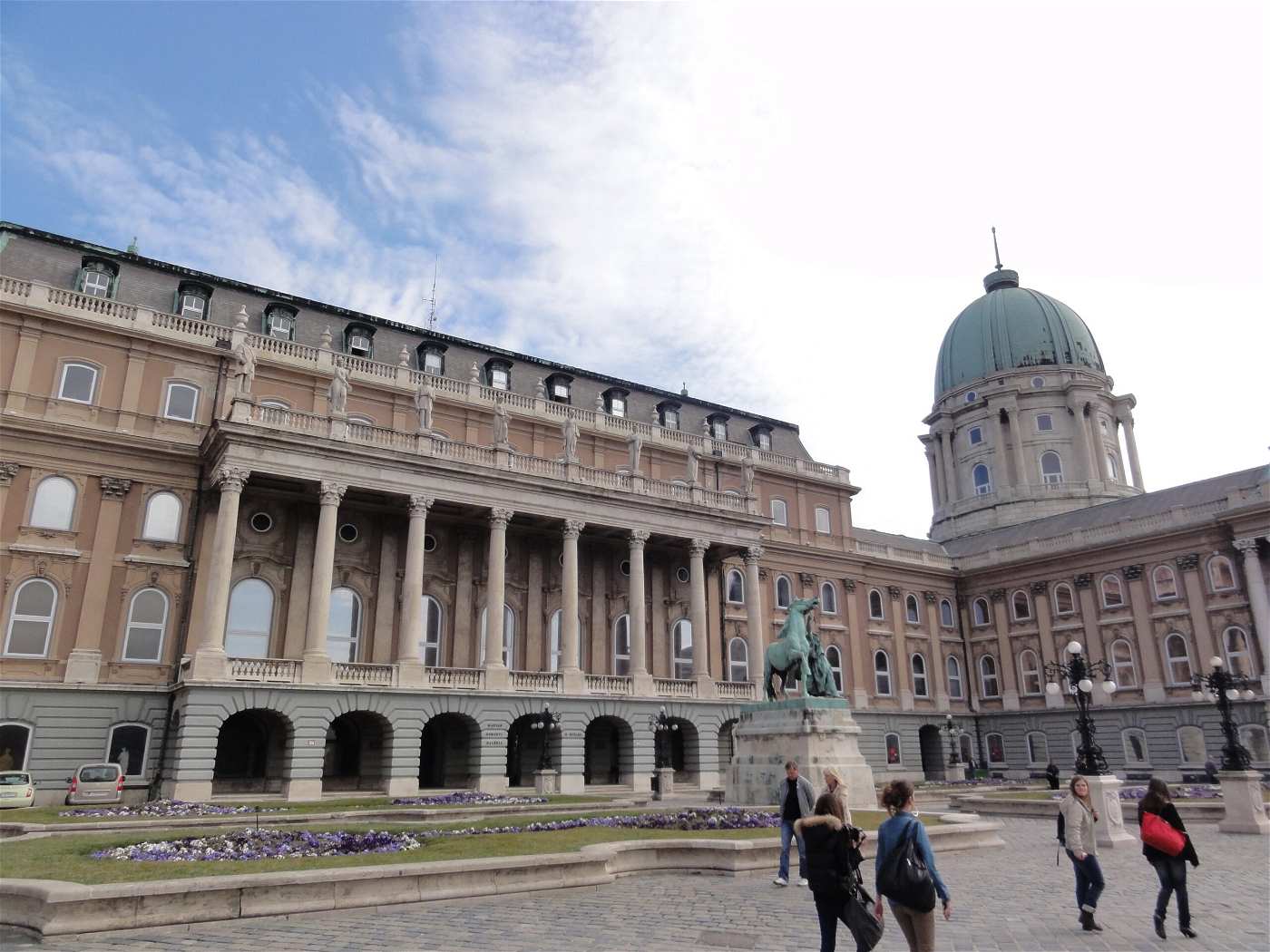
The Hungarian National Gallery in Buda Castle is a museum of Hungarian art. Although there are some sections with international artworks, the exhibition space mainly offers an insight into the journey of Hungarian fine arts. The works on display are Medieval, Renaissance, Gothic, and Baroque, bringing you closer to the country’s history and Hungarians’ everyday life. Inside the museum, you can explore art in various forms – paintings, sculptures, wood carvings, drawings, and prints. The collection items range from the 10th century to the post-WWII period. A bonus point for the Hungarian National Gallery is the Dome Terrace, which you can access from May to September to enjoy an incredible view of the Danube and the city.
Hospital in the Rock Nuclear Bunker Museum

Hospital in the Rock is now a museum underneath the Buda Castle. Before becoming one in 2007, it was formerly a medical facility, a prison, a center for producing vaccines, and a nuclear bunker. The purpose of this museum today is to remind us of the horrors that war can bring upon people. As a hospital, it played an important role during WWII, the Siege of Budapest, and the Cold War. The exhibition consists of waxworks – the figures of doctors and patients, machinery, and furniture.
Hungarian Natural History Museum
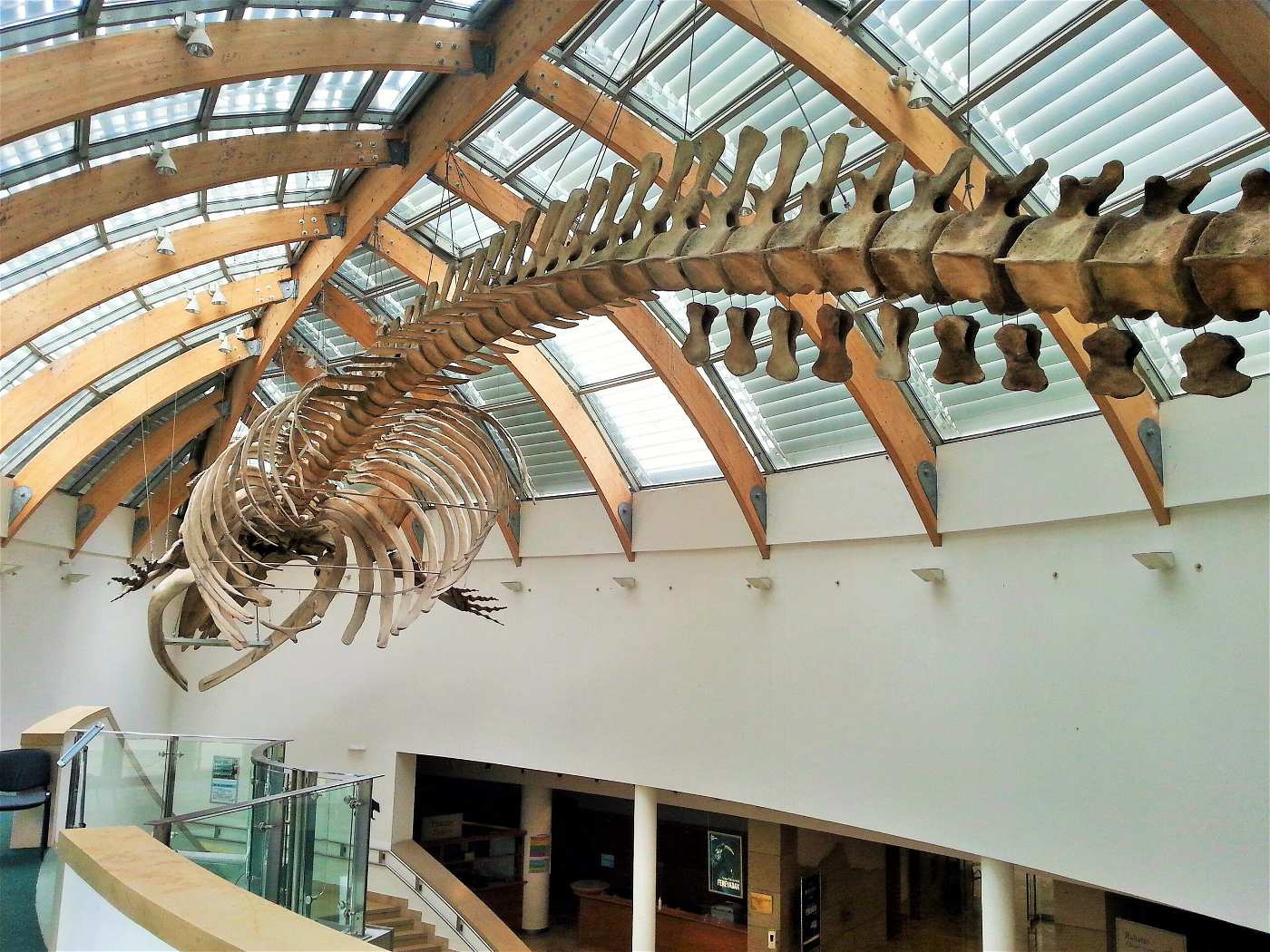
One of the most interactive and family-friendly Budapest museums is the Hungarian Natural History Museum. It started in 1802 as a single mineral collection at the Hungarian National Museum. It expanded over the years, creating the need for a separate space, the current Hungarian Natural History Museum. Its collection, one of the largest in Central and Eastern Europe, contains over 10 million species. They mainly originate from Hungary, the Carpathian Basin, the Balkans, and some parts of Asia. The museum features items like skeletons of a 2-ton fin whale, dinosaurs, and ancient sharks. The museum’s departments cover anthropology, zoology, botany, mineralogy, and geology.
Budapest Pinball Museum
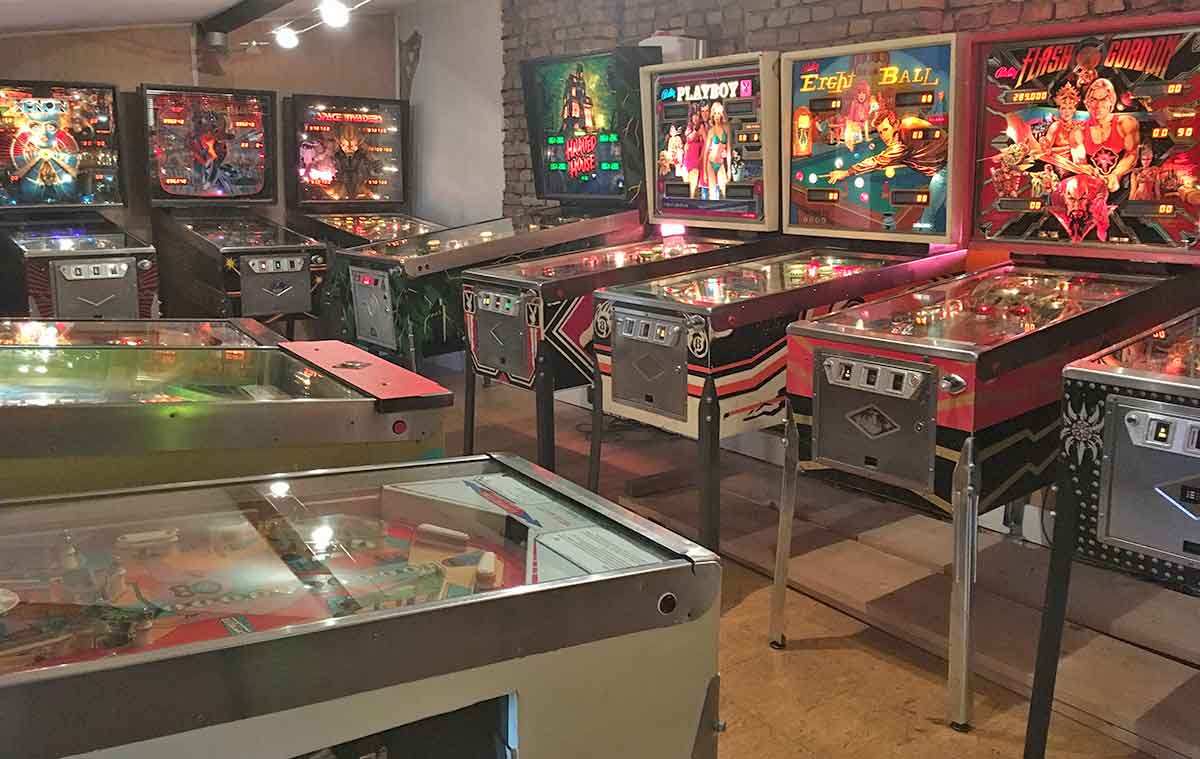
This may come as a surprise: the unconventional Budapest Pinball Museum is one of the most-visited in the city. The museum results from a years-long passion for pinball of Balazs Palfi, the venue’s owner. The collection boasts 130 machines from the 19th century until the present day. An entrance ticket allows visitors to try out all the machines, making it one of Europe’s largest interactive museums. Some items displayed are rare and unique, like the Hungarian pinball machine, Mesovonat.
Museum of Ethnography
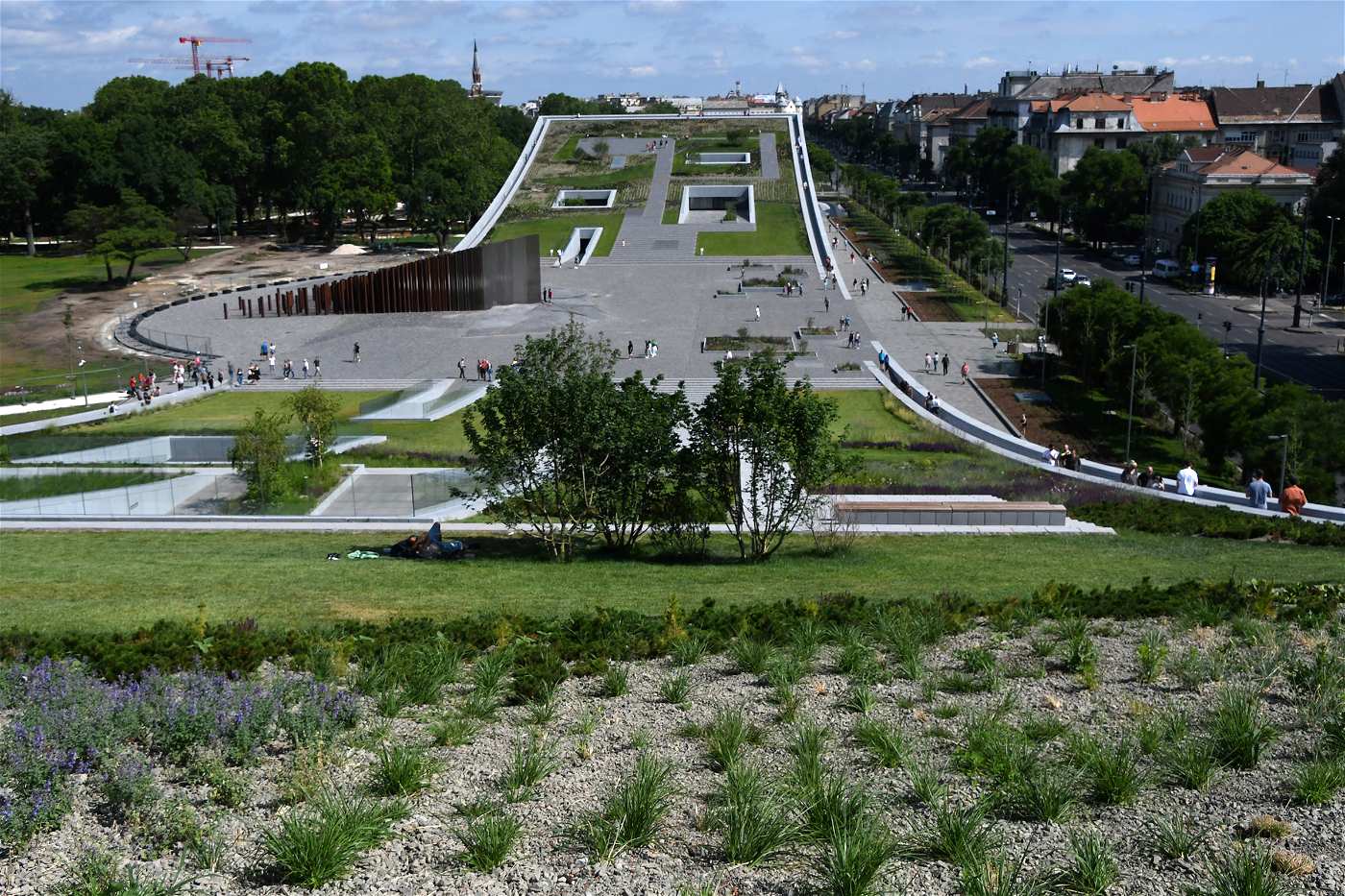
The Museum of Ethnography, once part of the Hungarian National Museum, has been a separate institution since 1947. Its current award-winning building, designed by NAPUR Architect, opened in 2022. It houses the museum’s extensive collection of 250,000 items and has a garden on the roof. The collections focus on Hungary and other parts of Europe, Africa, Asia, Oceania, and America. Visitors can explore textiles, costumes, tools, furniture, valuable manuscripts, and books.
Ludwig Museum
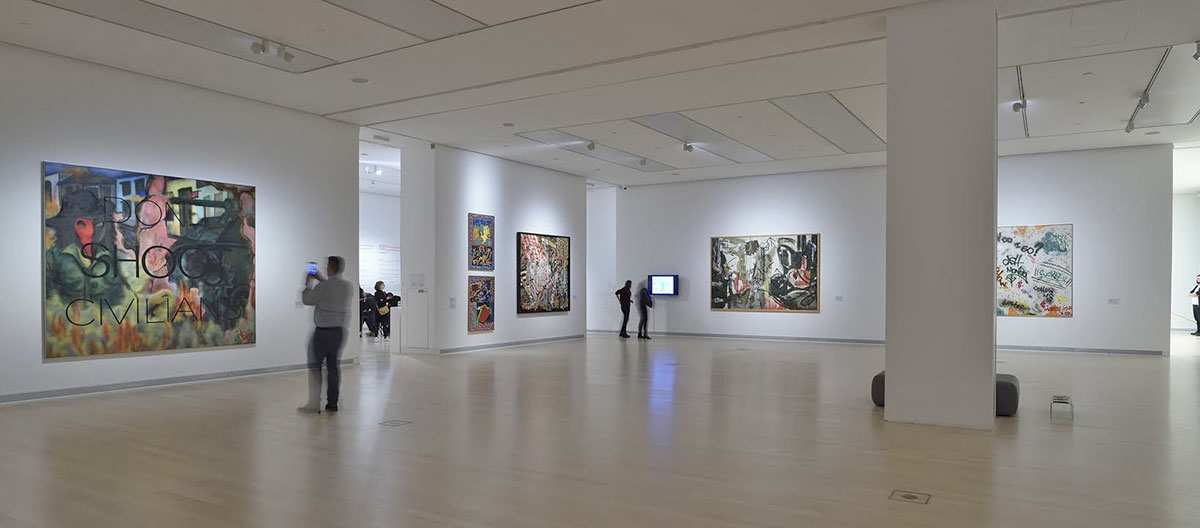
Ludwig Museum is the Budapest Museum of Contemporary Art. The basis of its collection was the donation by Peter and Irene Ludwig, who also donated many items to art institutions all over Europe. The museum’s emphasis is on Hungarian, as well as Eastern and Central European art. Yet, there are also American pop art objects by artists like Andy Warhol and others. Over 1000 artworks on display date from the 1960s until today. The museum’s collection is dynamic, with around 30 new pieces acquired by the museum every year.
Zwack Unicum Museum

One of the finest ways to explore Budapest is to visit the Zwack Unicum Museum, dedicated to the Hungarian national drink. Made from over 40 herbs and spices, Unicum is bitter and tastes like medicine. Over 200 years ago, Dr. Zwack, the physician of the Hungarian King, invented the drink as a health potion. The museum offers guided tours complemented by tasting Unicum straight from the oak barrels in the cellar. As a bonus, visitors can admire the collection of 17,000 mini bottles of alcohol. They come from all over the world. It is Central Europe’s most extensive collection of its kind.

By Polina GrmanovaMA International RelationsPolina is a passionate freelance writer with an MA degree in International Relations. She loves to travel and enjoys writing about it. Her work experience includes marketing and travel design. In her free time, she reads books on business and psychology and studies Human Design.
This post was originally published on this site be sure to check out more of their content.



